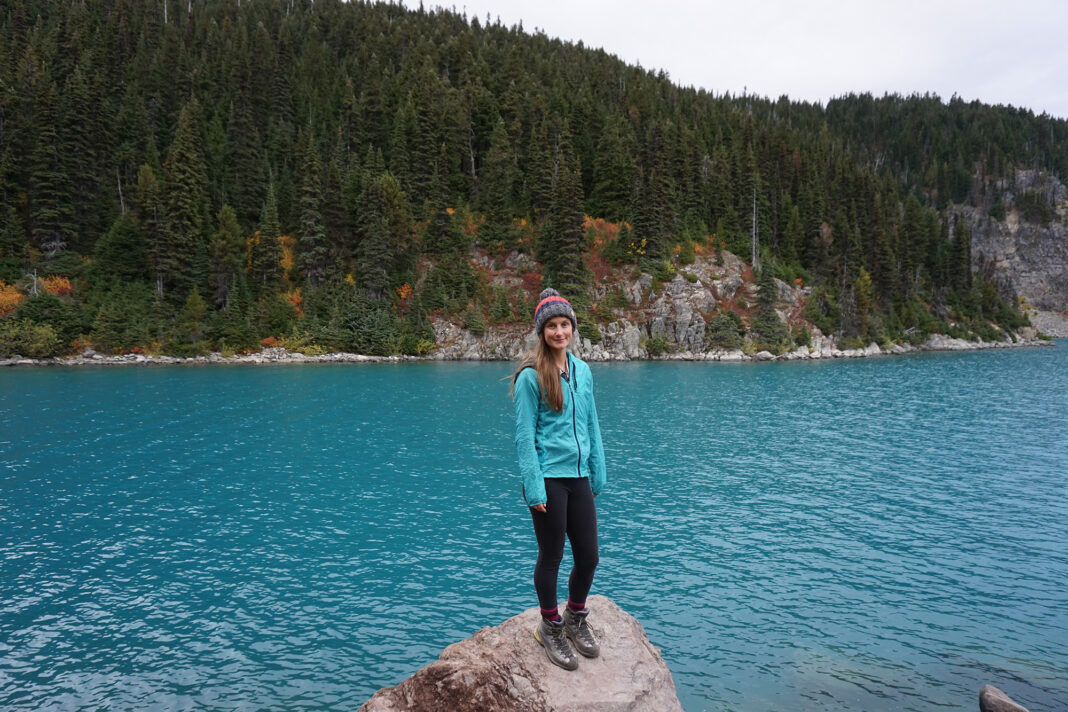You aim to reduce waste in your life where you can, and your outdoor adventures, whether you’re camping or hiking, should be no different. After all, if you love spending time in pristine wilderness, why would you want to ruin it by generating trash? Zero-waste camping and hiking makes practical sense. You must pack out what you pack in. But if you’ve got a ton of garbage and you have to carry it around until you find a trash bin, you may be less inclined to wait for that opportunity. But with a little foresight and planning, you can limit the amount of garbage you bring in in the first place, producing less waste in the long run and causing less inconvenience. Plus, making an effort to zero-waste your hiking and camping trips will make a positive impact on the planet, and keep the wilderness just as pristine for generations to come.
Food
Store-bought food almost inevitably comes wrapped in some kind of plastic. Snack wrappers, cling film, and dehydrated meal pouches are the main culprits. To avoid this, make your own food and store it in reusable receptables. Beeswax wraps, silicone resealable bags, and old plastic bags are great options. Avoid using paper bags that can tear or promote moisture. Maybe it’s not as quick and easy as grabbing a camp meal from your local shop, but it’s better for the planet’s health (and yours too).
When buying food for your trips, you can avoid a lot of plastic by buying from dispensaries and the bulk section of supermarkets. Again, this does take a little bit more effort, but it’s worth it. Take your own containers, be it old bags or nut milk bags.
Water
If you’re heading out for more than a day, check whether the water sources are safe to drink from. If not, boil water before consumption or get a water filter. This creates less waste than using water purification tablets. Stainless-steel bottles are great for the environment because they last a lifetime and don’t leach plastics. However, they’re heavy and don’t usually have much capacity. Collapsible or soft-sided reservoirs may be more convenient for active outings.
Bathroom
When going to the toilet in the backcountry, you should dig a cathole, do your business into it, and then cover it back up. If you must use toilet paper, use non-perfumed toilet paper and bury it in the cathole, or pack it out. Or, to really make it zero-waste, use natural toilet paper: Moss works particularly well.
Hygiene
If you’re in the backcountry, then how clean do you really need to be? You can most likely wait until you get home to shower. And don’t be fooled by biodegradable wet wipes, which take a very long time to break down. If possible, have a dunk in the ocean or a lake, river, or stream (assuming swimming is allowed). You can use a small amount of biodegradable soap, although any grey water must be disposed of at least 200 metres from alpine lakes and streams. If you use soap sparingly, then a small bottle can last years, after which it can be refilled at a dispensary.
For other hygiene, opt for a bamboo toothbrush, and decant dispensary toothpaste and deodorant into travel-sized containers for convenience. For feminine hygiene, try a Diva Cup or similar reusable product, ensuring you never have to throw away tampons or sanitary pads again.

Gear
When it comes to gear, the best philosophy is to buy once and buy well. If you get quality goods, then they’re much more likely to last. Also be sure to look after your products. Dry out your gear and store it properly. These practices promote longevity.
Opt for items that are reusable. Rather than a single-use plastic spoon, take a spork or stainless-steel cutlery, and don’t be afraid to grab these items straight from your home cutlery drawer. Remember that outdoor gear doesn’t need to be fancy—you might find long-lasting items from your local thrift shop.
Dogs
While most of us love encountering a furry friend on the trails, we likely don’t love witnessing abandoned poop bags on the trails. Additionally, while many pet waste products claim to be biodegradable, this process takes many years. If your dog poops, either bag it up and pack it out with you, or dig a hole and bury it, like you would with human waste.
Transportation
Even if you stick to the above advice, one thing will undo all your good work: Driving to the trailhead. For most of us, this will be the biggest source of carbon emissions when camping or heading out for a hike. Instead, if you’re able, cycle to trailheads that are within a reasonable distance. You’ll be amazed at what you can reach without a vehicle. If this is a step too far, consider public transport or car-sharing instead.
This article was edited for length and republished with permission from herwildway.com.
You may also like: Healthy and Sustainable Foods for Hiking

Read This Story in Our 2024 Summer Outdoor & Travel Issue
Featuring Canadian Taekwondo Olympian, Skylar Park. Must-visit adventure destinations across Canada. Your best trail running season ever with FAQs and threshold training plans. How (and why) gravel biking can rule your summer. Essential preparation to stay injury-free during hikes. Zero-waste your hiking and camping trips like a pro. Treat yourself with a Rustic Strawberry Chocolate Tart or Dairy-Free Vanilla Ice Cream, and so much more.

















